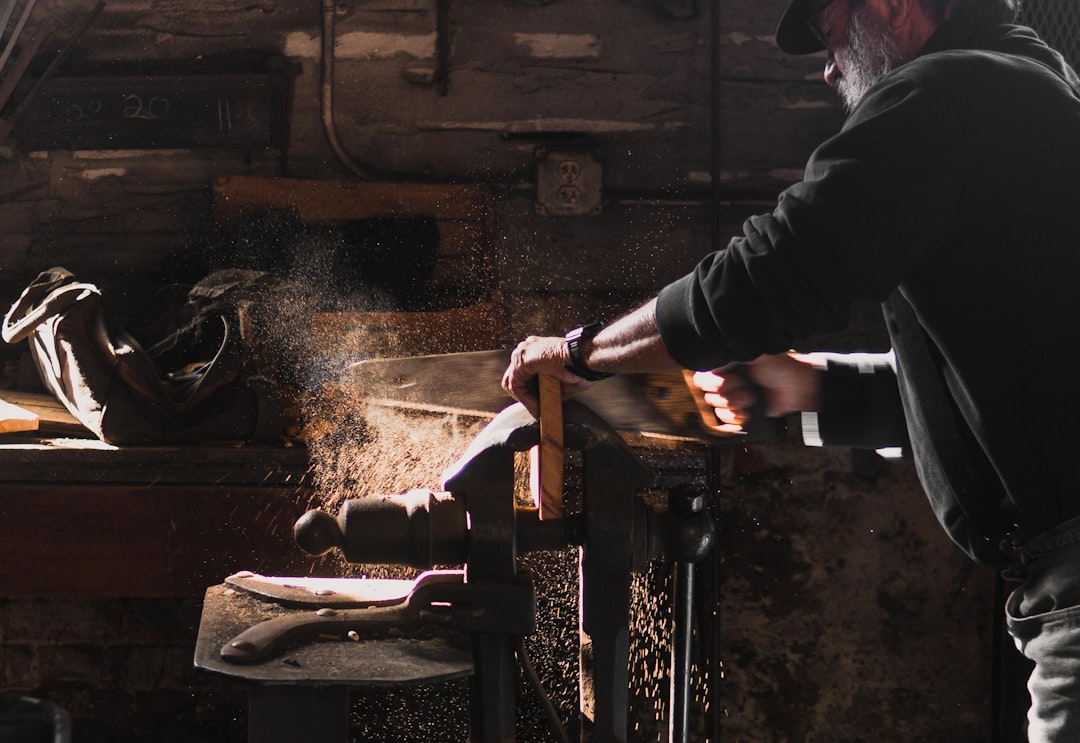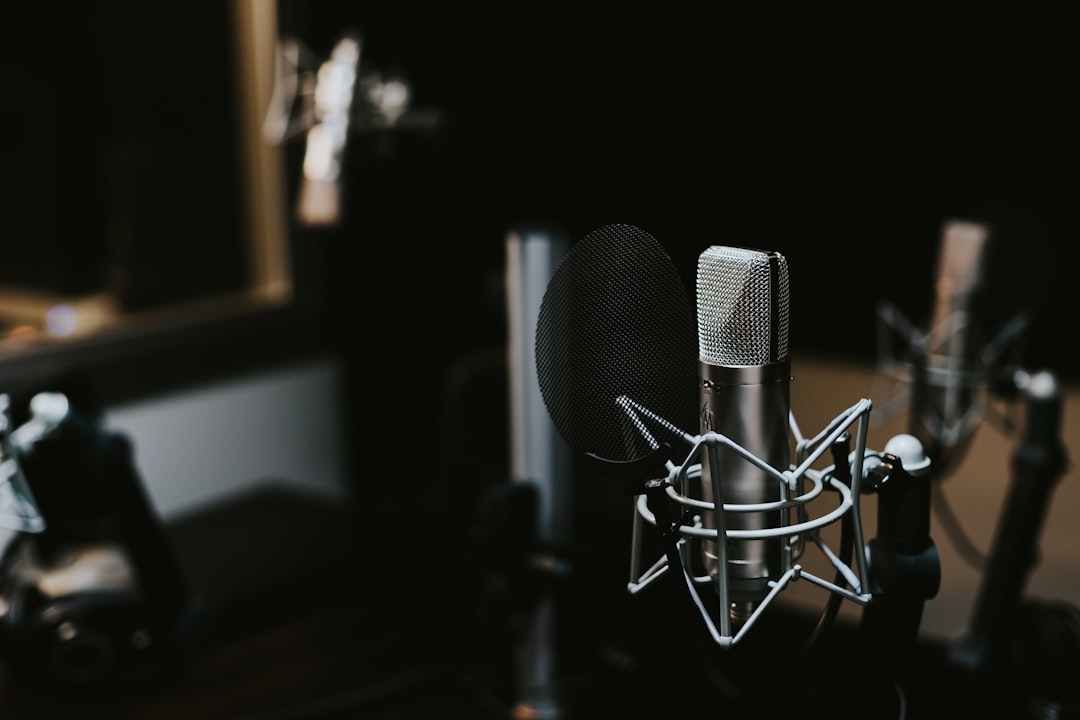UHF radio systems are vital for seamless communication in various industries, including construction, transportation, and outdoor activities. Installing a UHF radio correctly ensures optimal performance and reliability. This article outlines essential steps and considerations for effective UHF radio installation.
Before beginning the installation process, it’s crucial to gather all necessary equipment. Typically, you will need a UHF radio unit, an appropriate antenna, coaxial cable, and various mounting accessories. Ensure that your selected radio and antenna are compatible to avoid any performance issues. For a detailed overview of the necessary equipment, you can refer to this resource.
The first step in the installation process is choosing the right location for your UHF radio. Ideally, the radio should be mounted in a central position within the vehicle or workspace to maximise signal strength and minimise interference. If you are installing the radio in a vehicle, consider mounting it under the dashboard or in a console. This not only keeps the unit secure but also protects it from environmental factors.
Next, the antenna plays a critical role in the performance of your UHF radio. The antenna should be mounted as high as possible to ensure a clear line of sight to other radios. Ensure that the antenna is securely attached to the vehicle or structure and that it is positioned vertically for optimal reception. If you are unsure about the best practices for antenna placement, consider consulting a professional for guidance on UHF radio installation.
Once the location is determined, it’s time to run the coaxial cable from the antenna to the radio unit. This cable is responsible for transmitting signals between the antenna and the radio. When running the cable, avoid sharp bends and ensure it is protected from potential damage. Use cable ties to secure the cable along its route, preventing it from becoming a hazard or getting snagged.
After securing the coaxial cable, connect it to the radio and antenna. It’s vital to ensure that all connections are tight and secure to prevent signal loss. Pay attention to the specifications of your UHF radio to ensure proper connection. If the radio has an SWR (Standing Wave Ratio) meter, use it to check the antenna’s performance. An ideal SWR reading is typically below 1.5:1, indicating that the antenna is functioning correctly.
Powering the UHF radio is the next step. Connect the radio to a suitable power source, ensuring that the voltage matches the radio’s specifications. It’s advisable to use a fuse in the power line to protect the radio from potential electrical surges. After connecting the power, turn on the radio and conduct a test to ensure it is operating correctly.
Finally, it’s important to familiarise yourself with the radio’s features and settings. Adjust the volume, squelch, and channel settings according to your preferences. Understanding how to operate your UHF radio effectively will enhance your communication experience.
In conclusion, UHF radio installation is a straightforward process that can significantly improve communication in various environments. By following these guidelines, you can ensure a successful installation that maximises the performance of your UHF radio. For further assistance and detailed information, consider exploring more about UHF radio installation on the provided resource.











